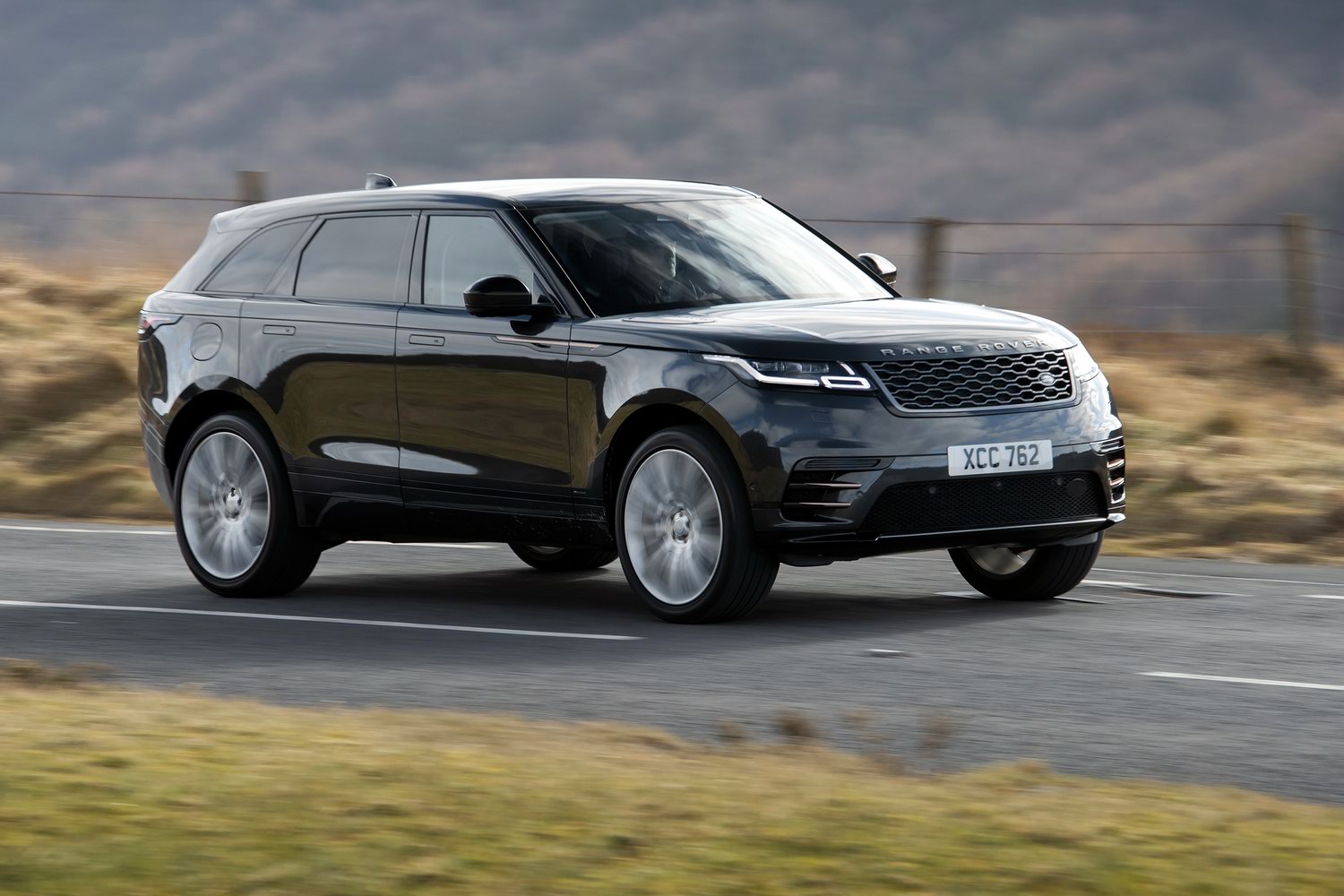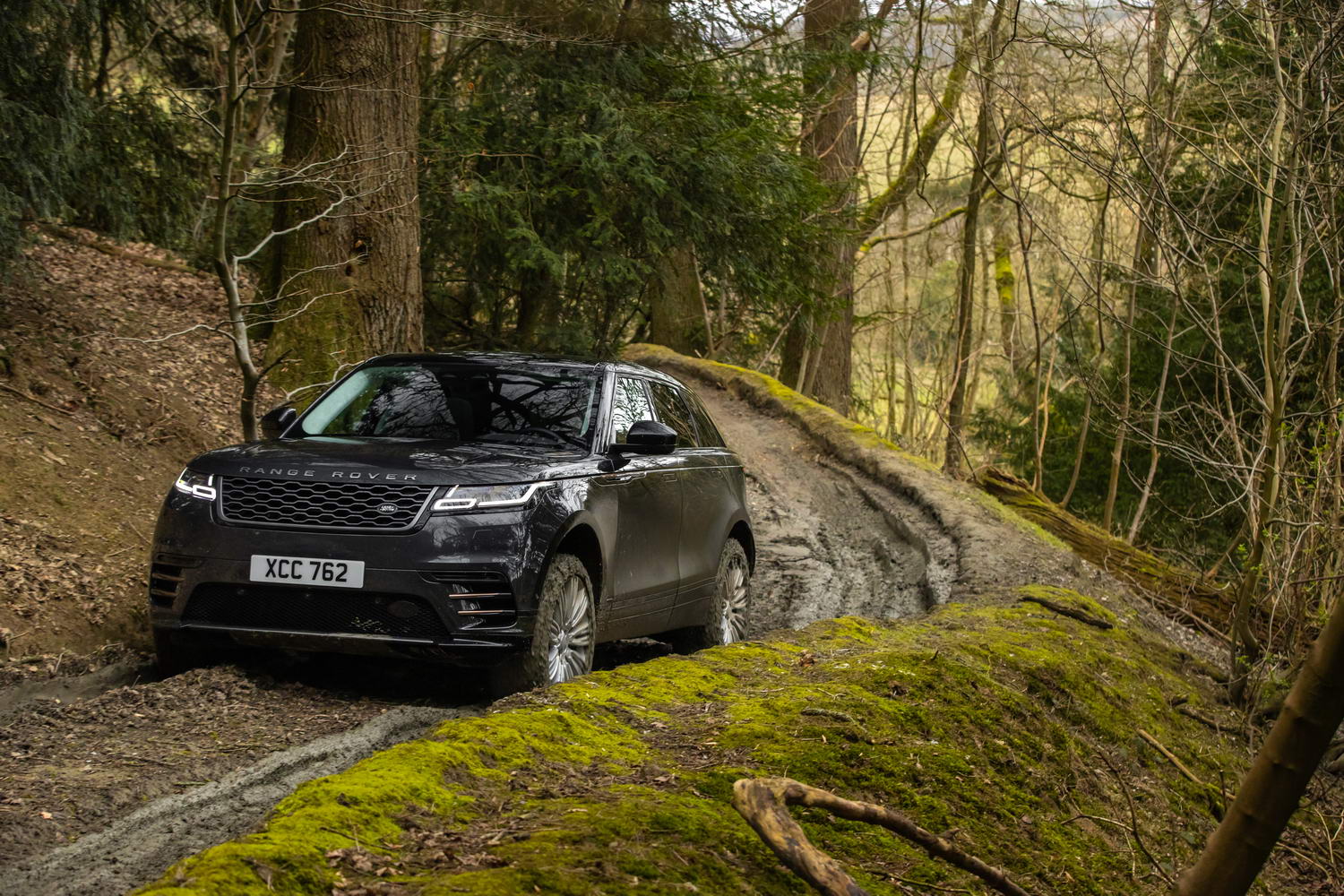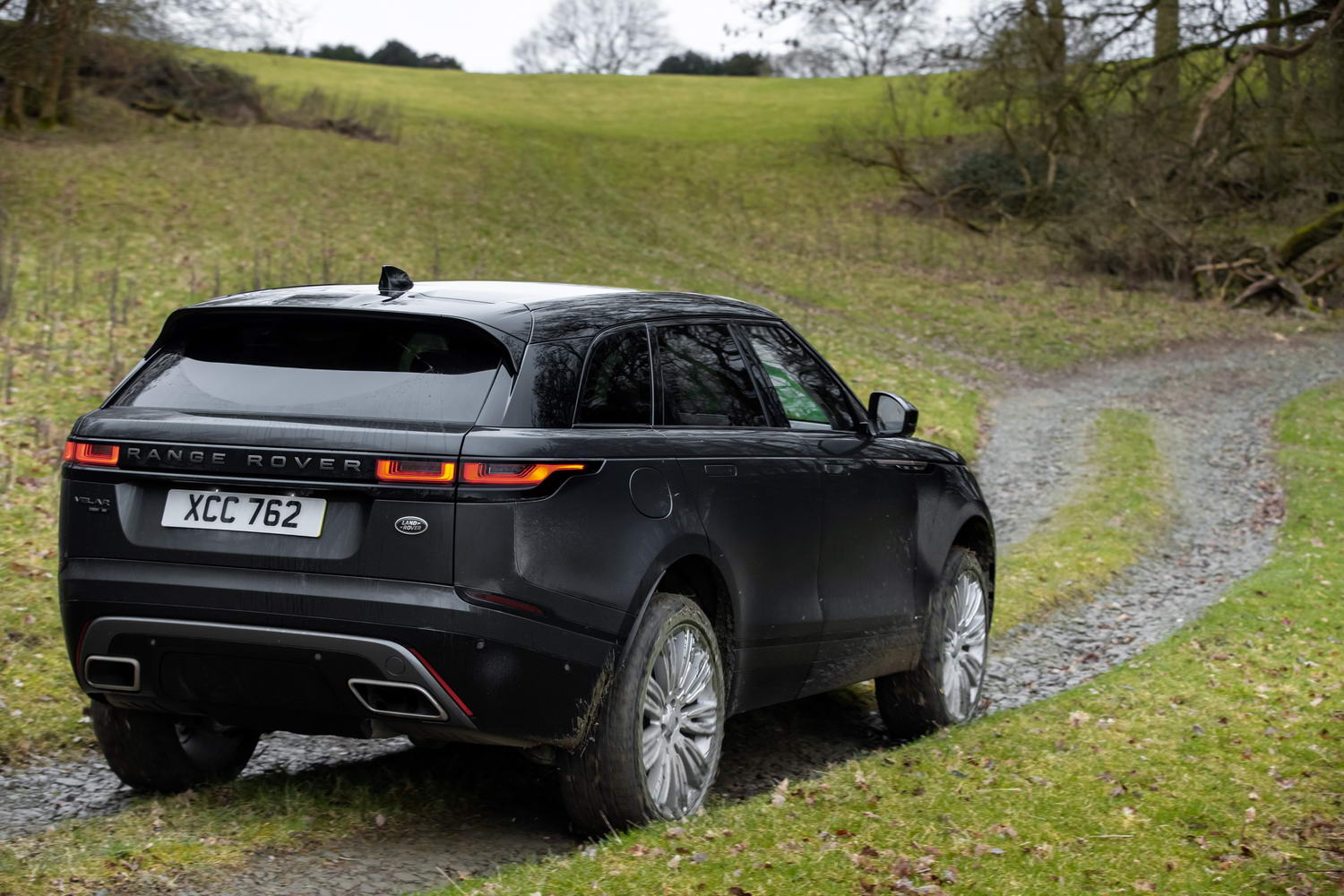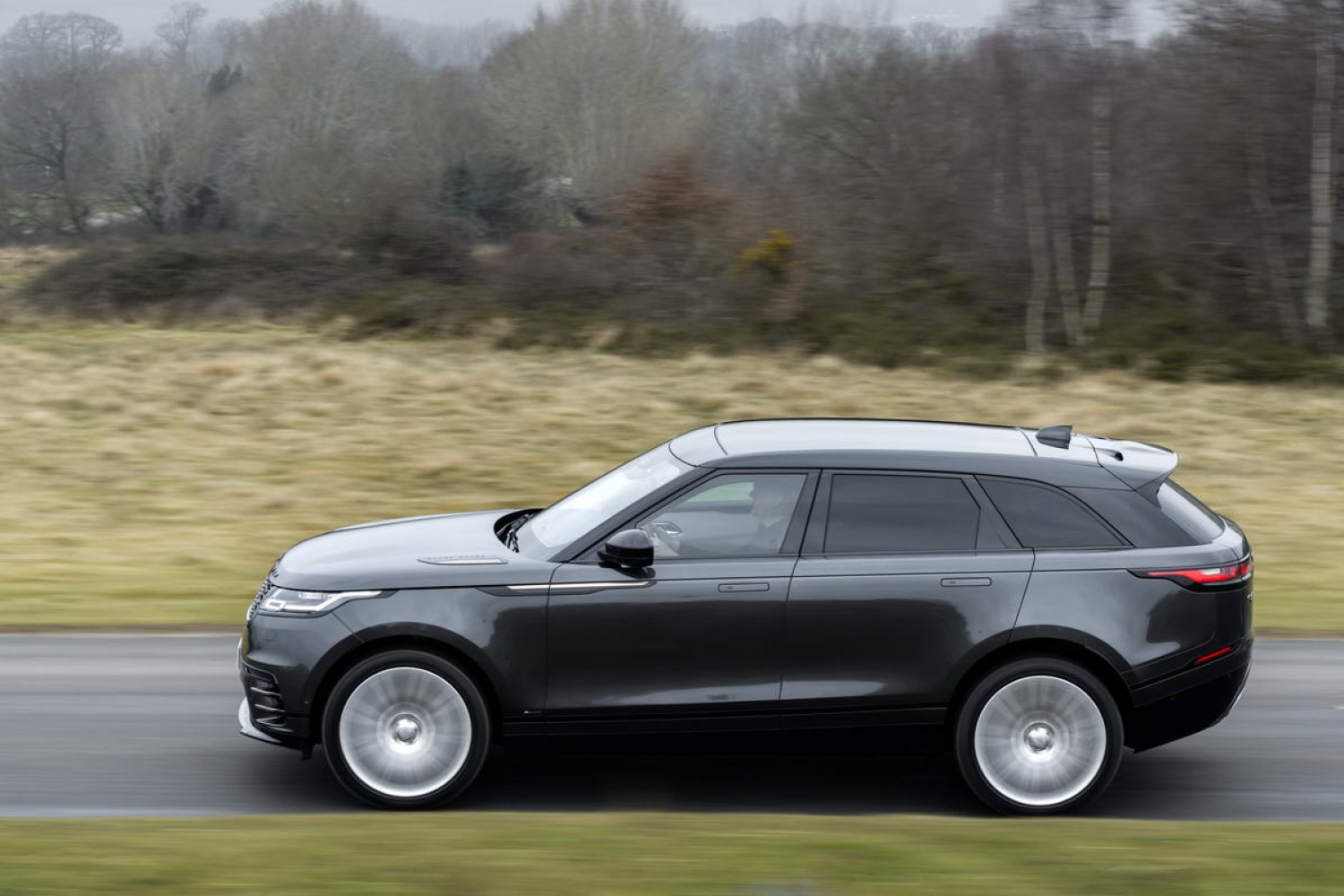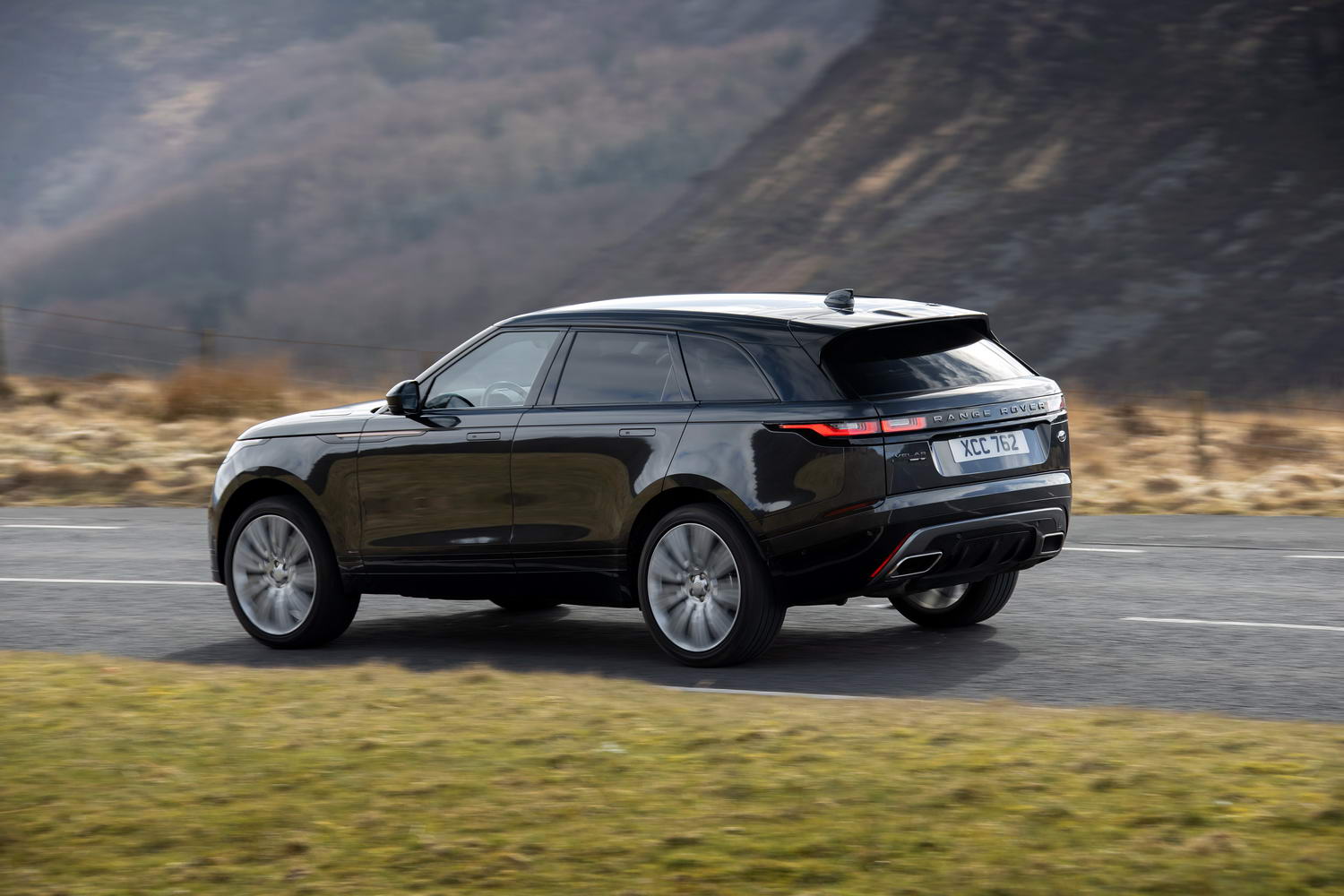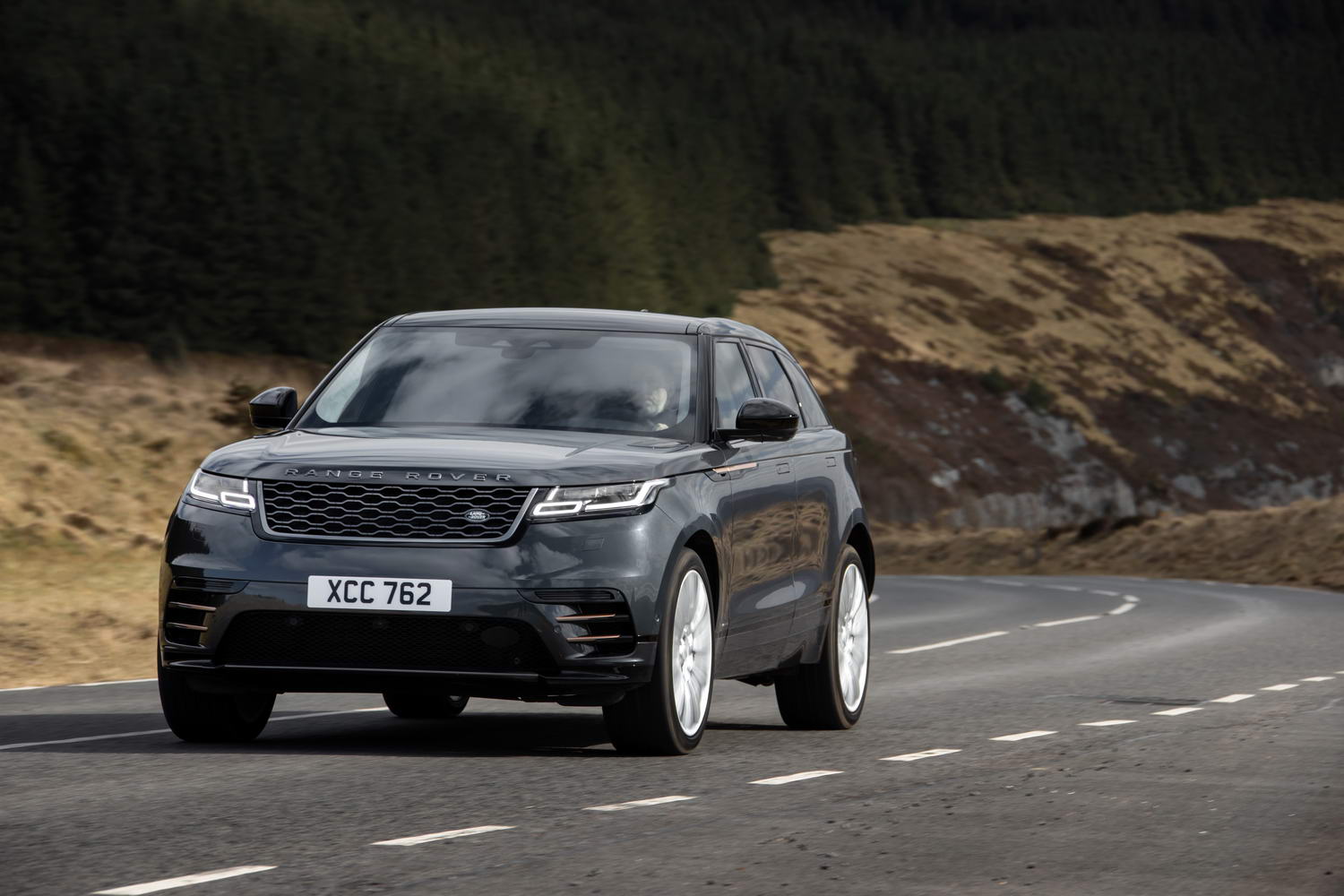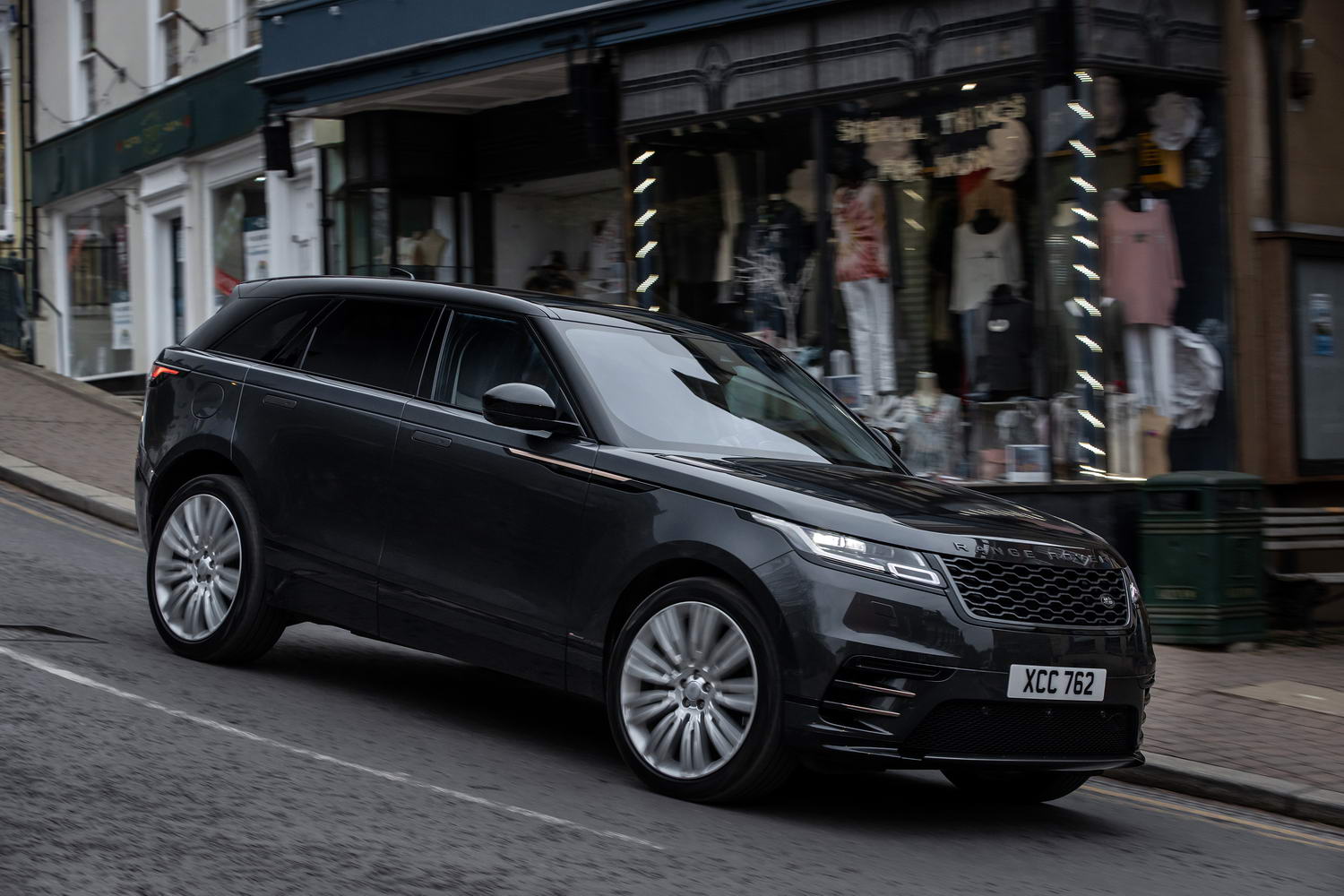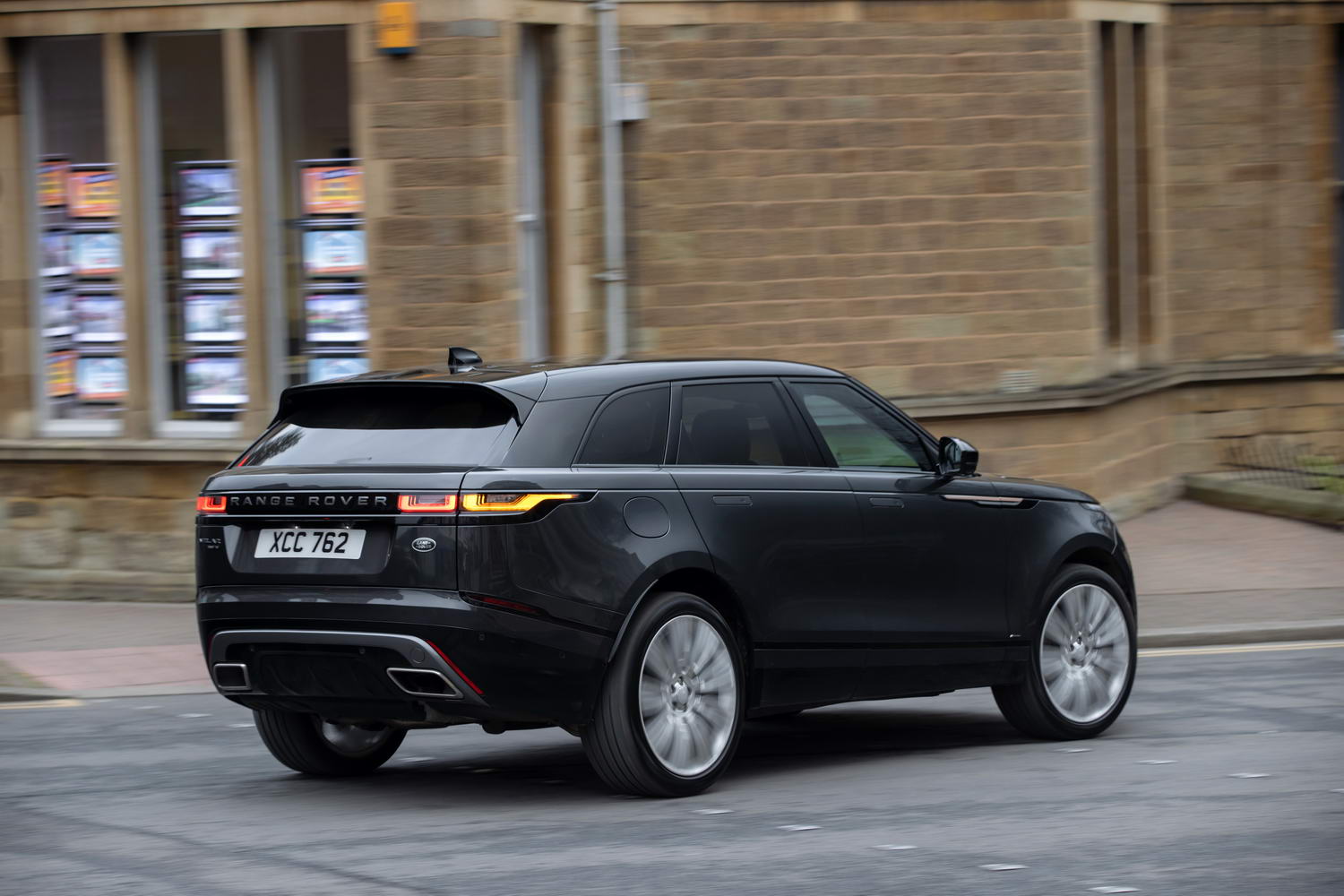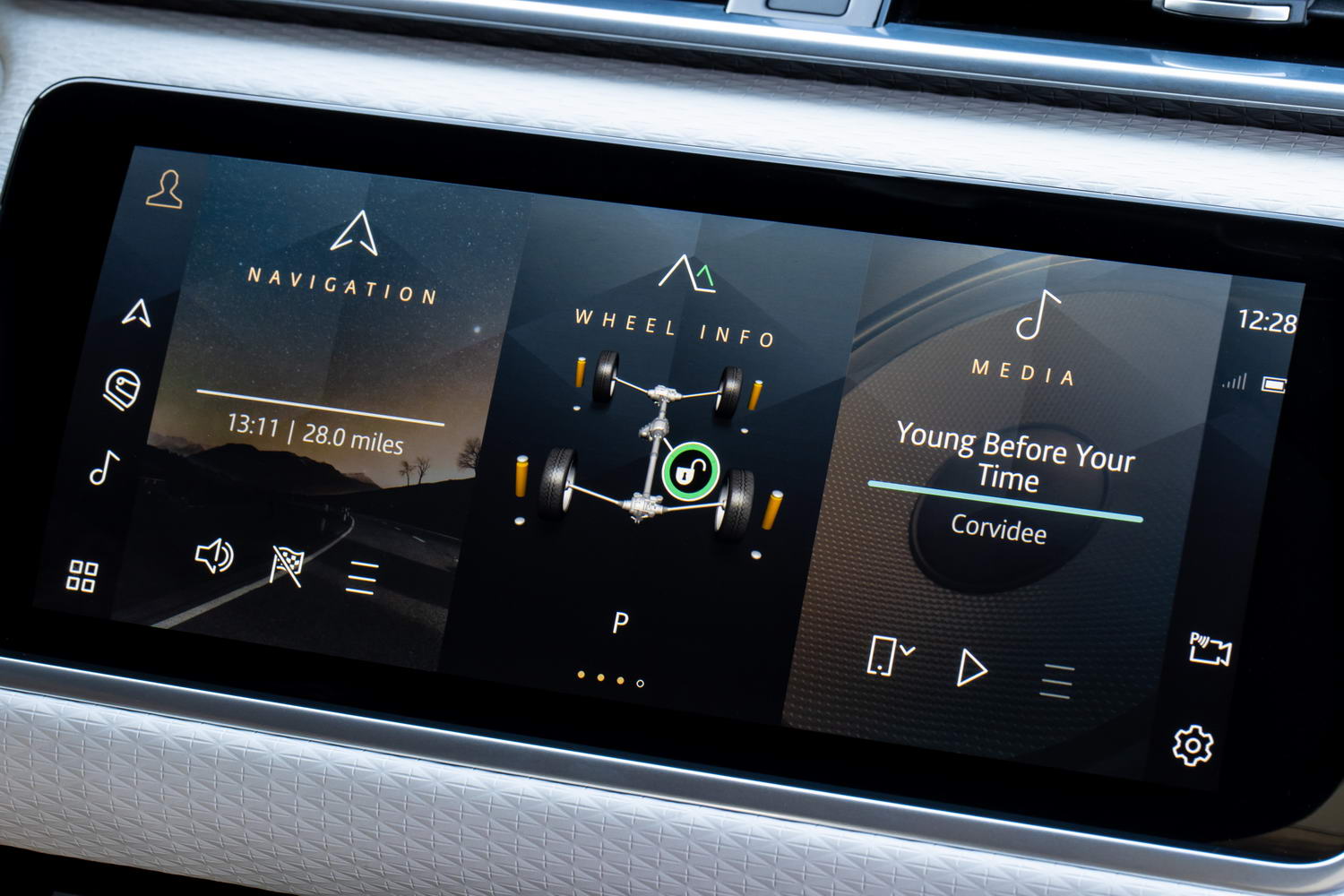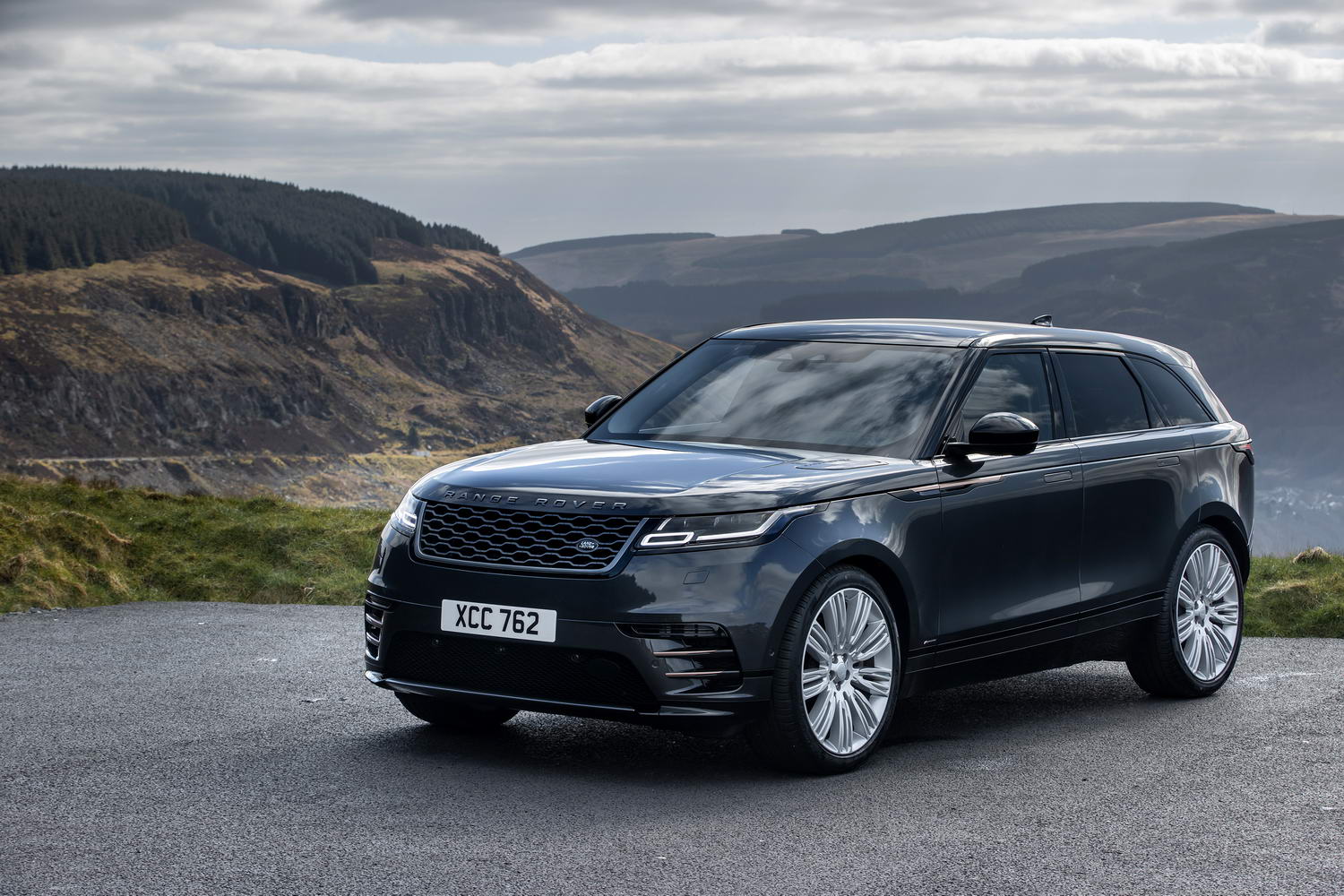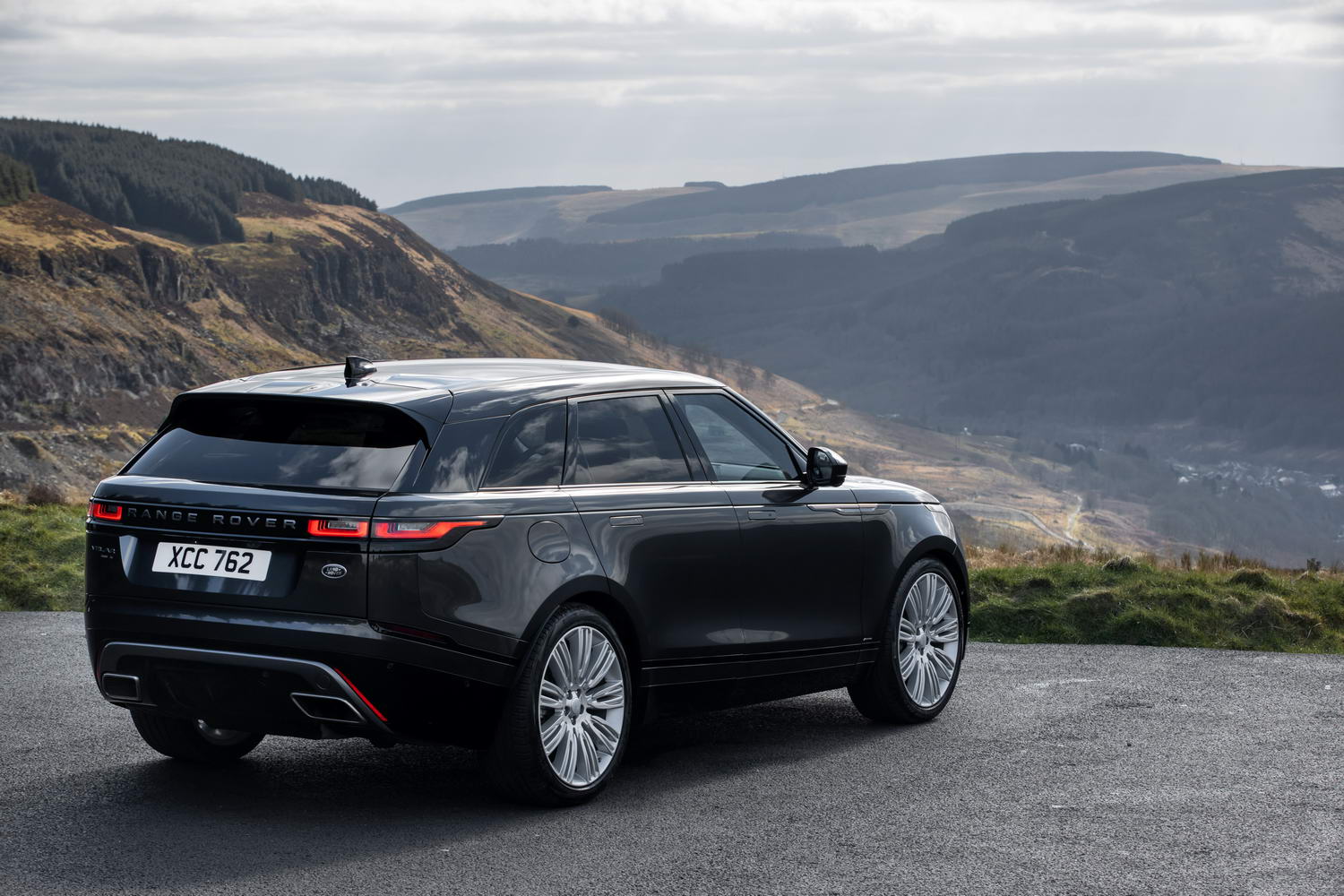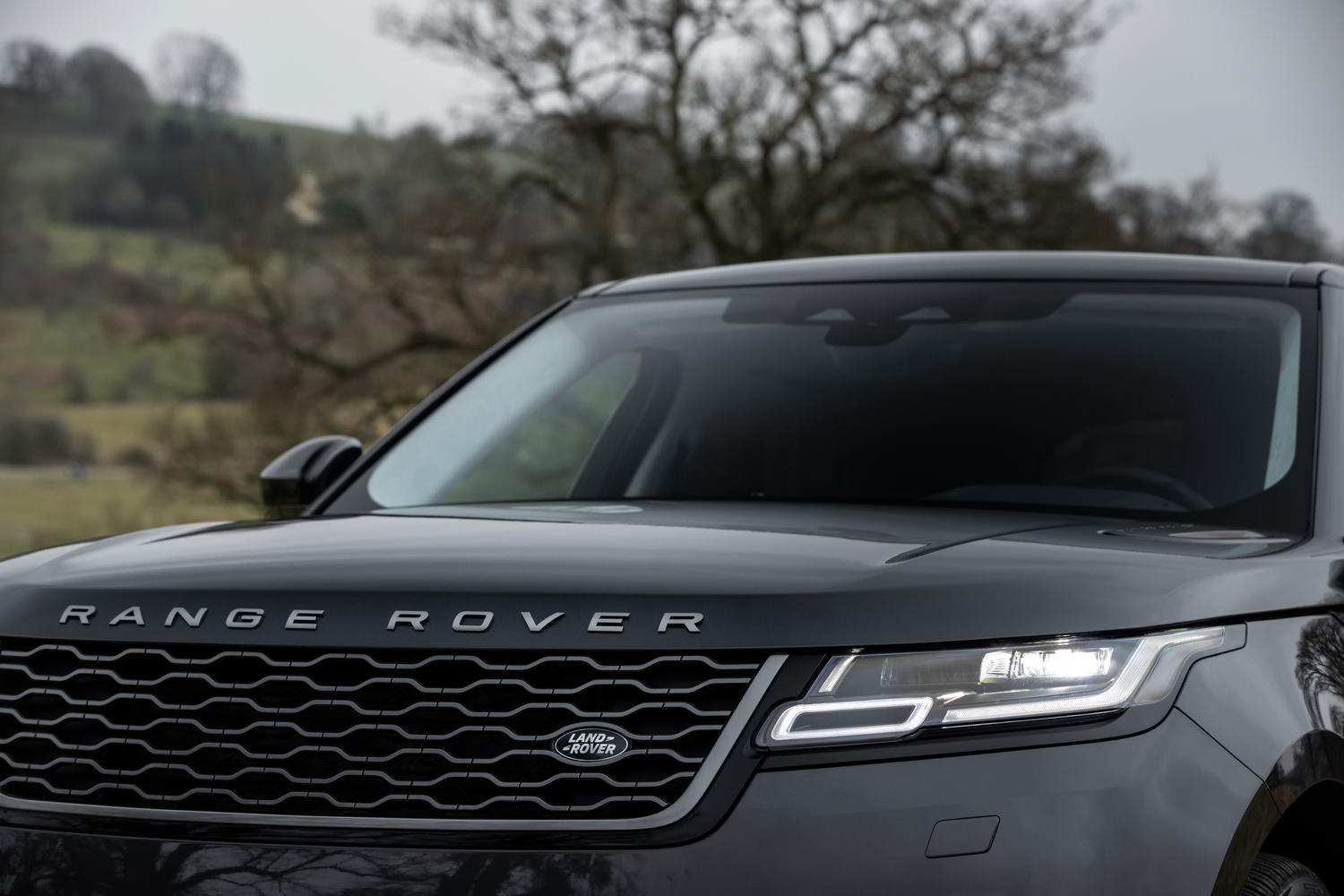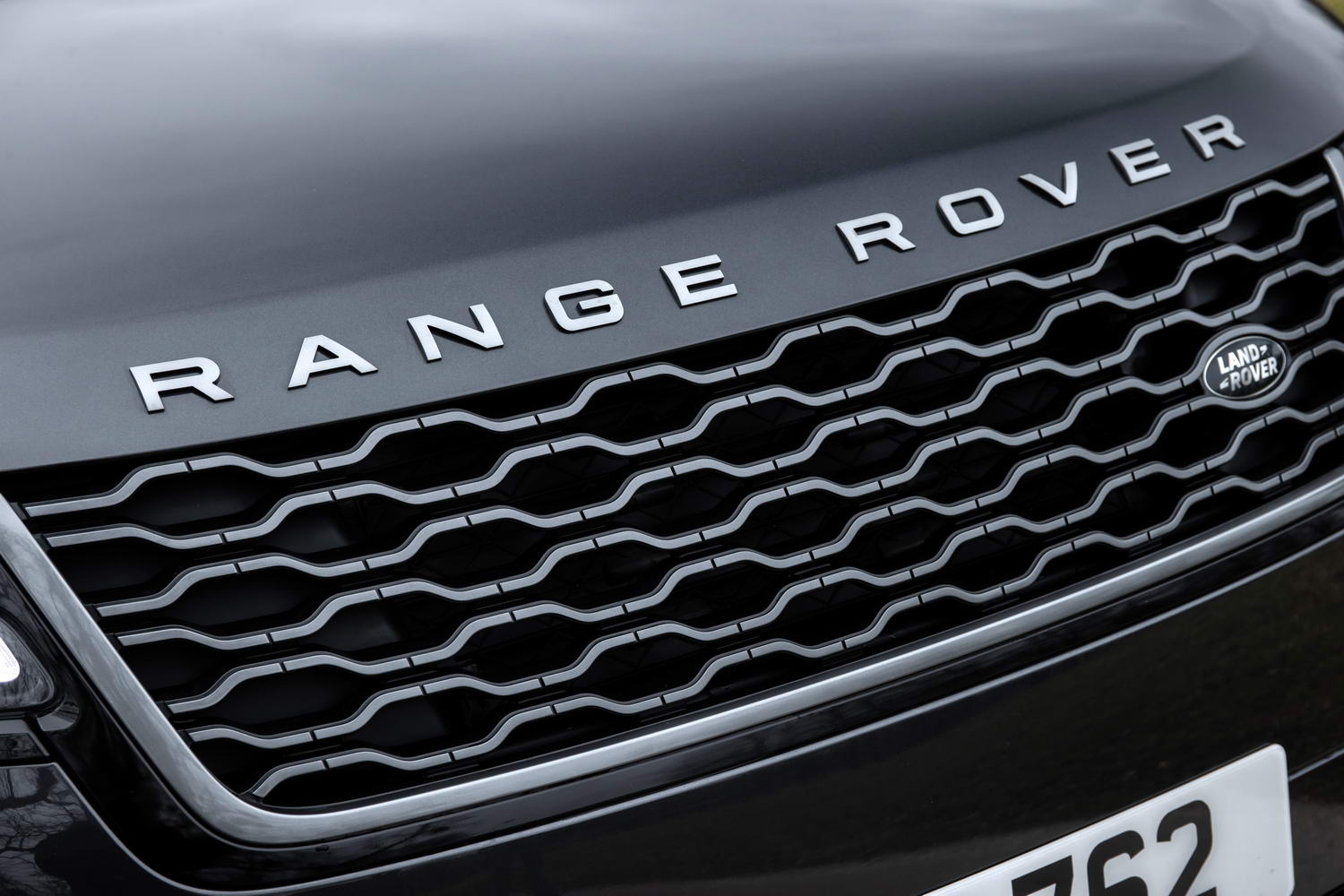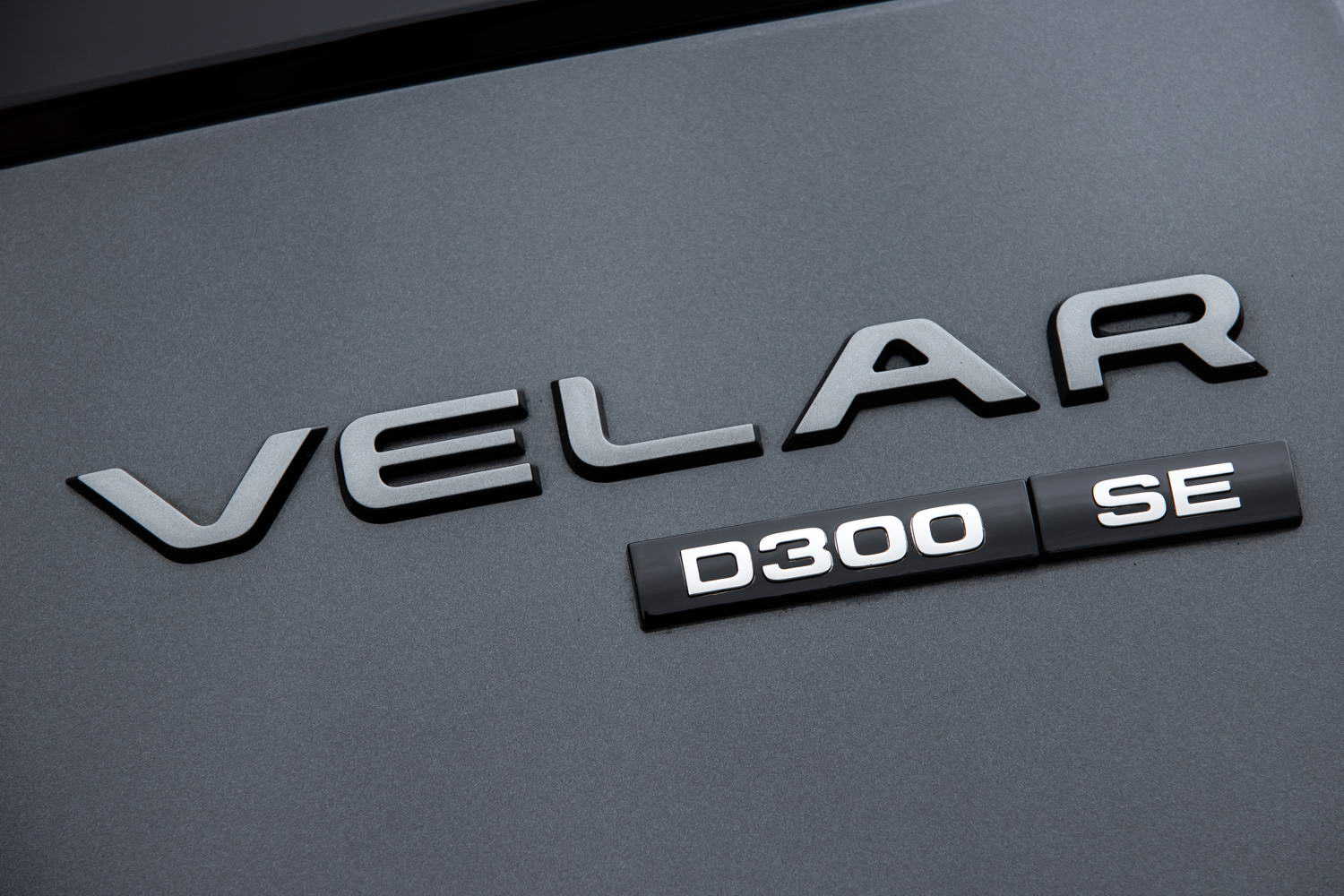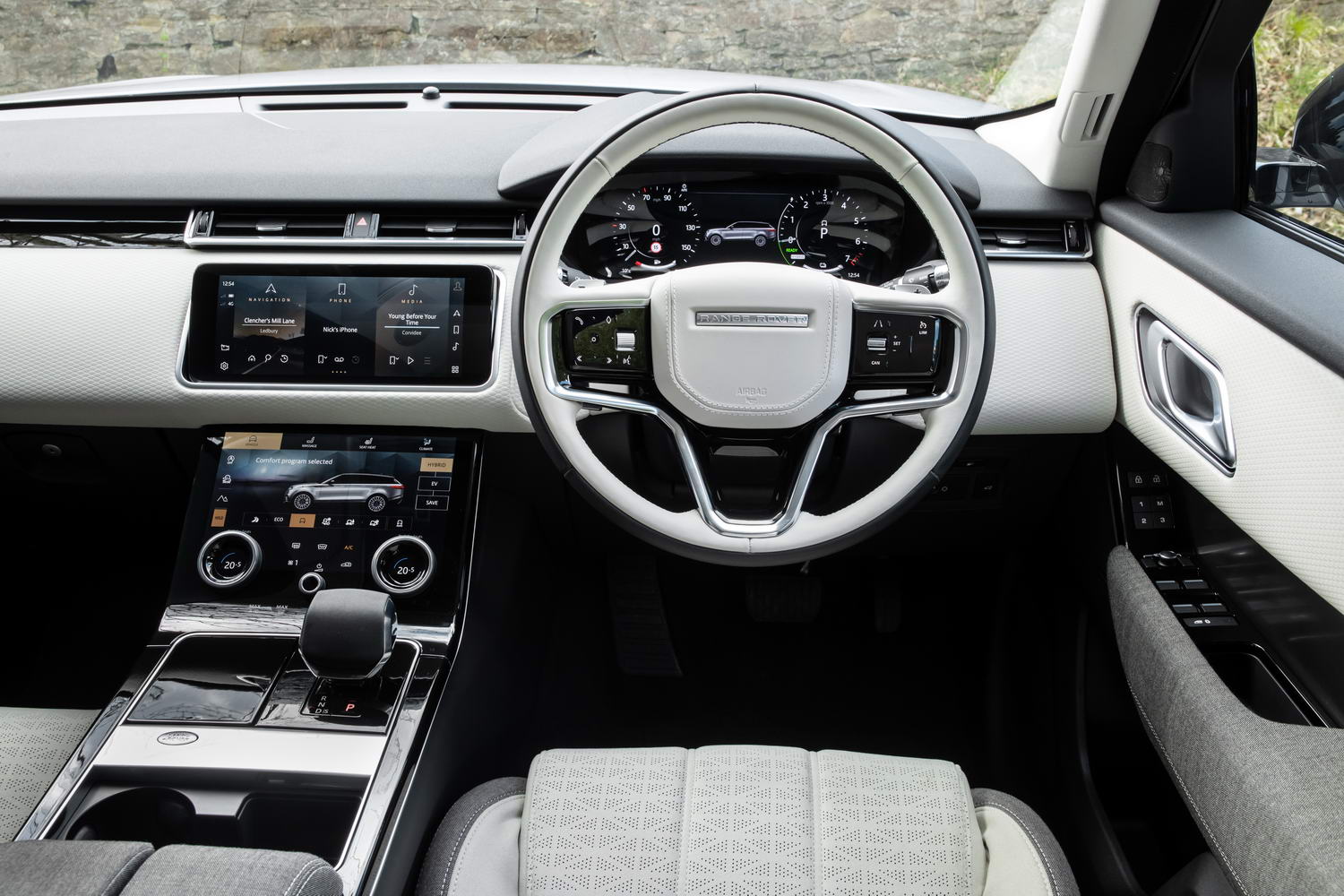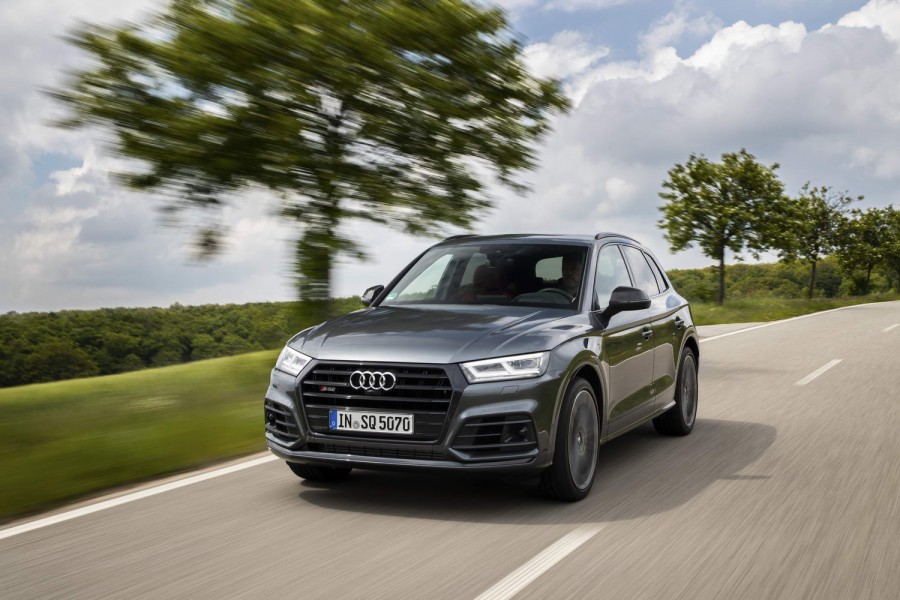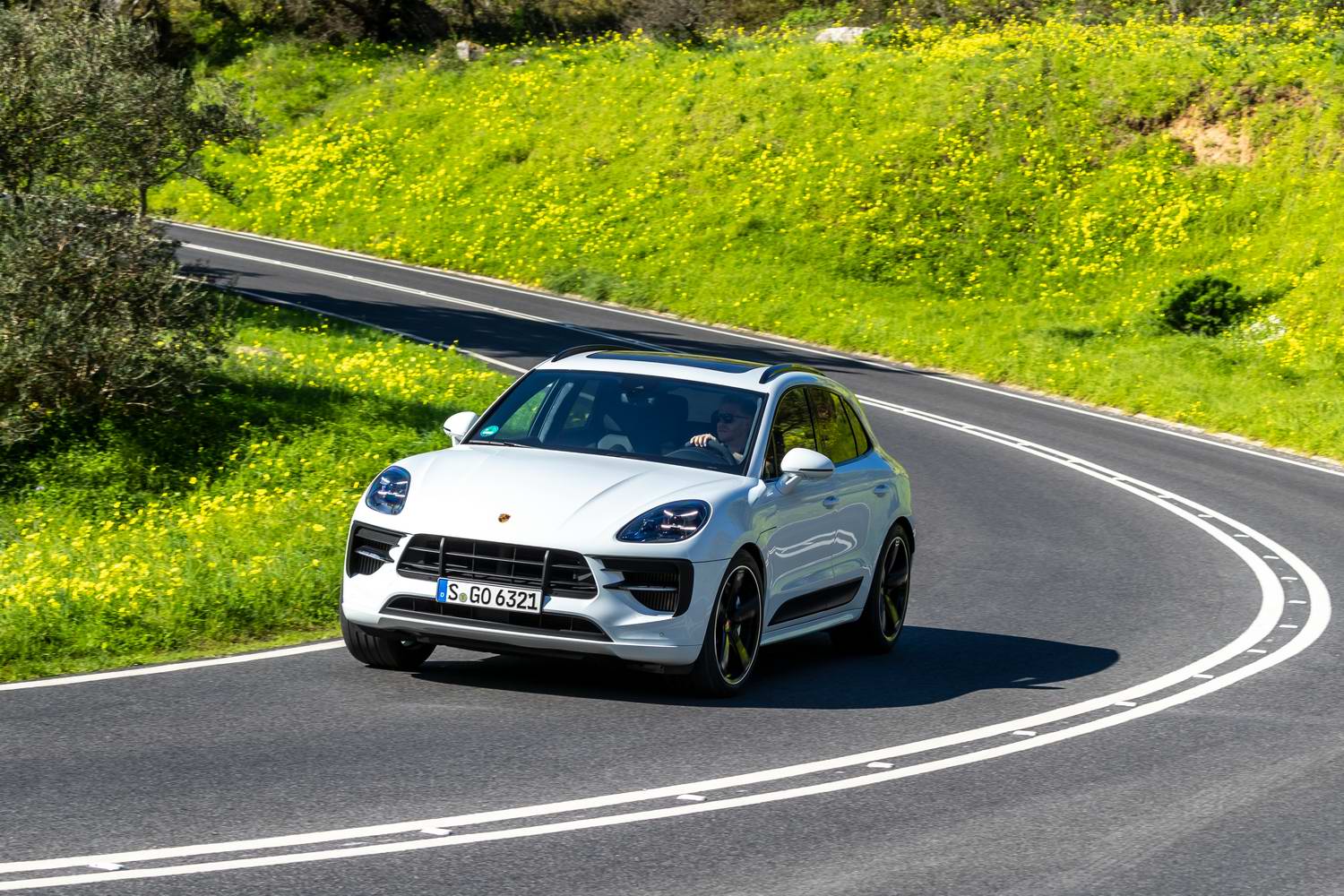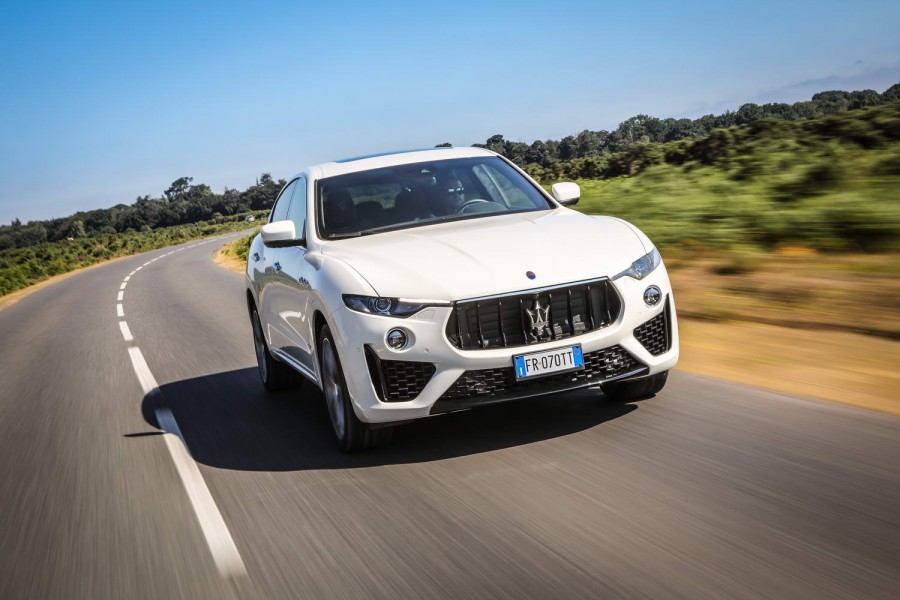What are you driving?
The Range Rover Velar D300 MHEV R-Dynamic SE, to give this striking SUV its full name. The key bits in there relate to the 'D300' and 'MHEV' portions of its official model name. The first alphanumeric suggests it is diesel-powered and has 300 horsepower, which perhaps doesn't sound like much has changed - you used to be able to get a 300hp V6 turbodiesel Velar before now. However, the configuration of the cylinders has changed, as this 2021 model year D300 now has its six pistons arranged in a line, rather than in a vee. It's part of a new family of straight-six Ingenium engines for the Velar range, sitting alongside the newly introduced P340 and P400 petrol units.
Weighing 7kg less than the V6 it replaces (the petrol Ingenium straight-sixes are 12.9kg lighter than their immediate forebears, too), the new D300 delivers the round 300hp as well as 650Nm. Now, that latter figure is down to the tune of 50Nm on the 700Nm the old V6 turbodiesel could twist out, but this is where the mild hybrid technology comes to the rescue. With the increasing electrification of Land Rover's entire product portfolio, not only is there a plug-in hybrid P400e Velar introduced for the 2021, but all these new straight-sixes are equipped with mild-hybrid technology. This means a belt-integrated starter generator and 48-volt secondary electrical system with a modest lithium-ion battery pack at the rear of the car, all of which is said to improve fuel economy while also providing some gentle torque-infill work when the engine is accelerating hard from low revs.
Name its best bits
As we said when driving this same, newly introduced powertrain in the 2021 Land Rover Discovery, this is a gem of a turbodiesel engine. Few diesel engines like this one in the Velar D300 enjoy being spun right around to their redline and the 3.0-litre turbocharged six-cylinder seems to positively relish the prospect of venturing beyond 4,000rpm. It makes a great noise, it bestows mammoth anytime pace on the Range Rover and, unless your driving style is appallingly unsympathetic to the mechanicals of the vehicle, you ought to be able to coax in excess of 30mpg out of it.
The D300 also comes on twin-axle air suspension, which gives a cosseting and authoritative cruising demeanour to the Rangie. And despite the fact the Velar has never really been attributed as a sporty SUV, it feels it in this specification. It handles well and grips tenaciously, so it's a pleasing machine to drive down a technically challenging route - despite its size. It's also as capable off-road as any other Velar, which means it's almost certainly better than any of its key rivals from other manufacturers in the rough stuff.
Anything that bugs you?
The price. We'd be going for this model first and foremost, were it not for the fact it costs more than €122,000 as tested, when the Velar range kicks off at slightly less than half that amount (€66,100). So while we'd love to have that 650Nm of torque on hand at all times in the SUV, there are more financially savvy models to pick in the line-up than this one - mild-hybrid technology or not.
And why have you given it this rating?
This turbodiesel Range Rover Velar is every inch as appealing and desirable as the P400e plug-in hybrid model we tested on the same day, only it's 42 grand more expensive; even in comparable S trim, the D300 MHEV would eclipse the plug-in hybrid by more than €33,000. Therefore, while on a purely subjective basis the D300 is as good to drive as the P400e, in terms of ownership it regrettably makes less sense. Still a brilliant luxury SUV, though.

